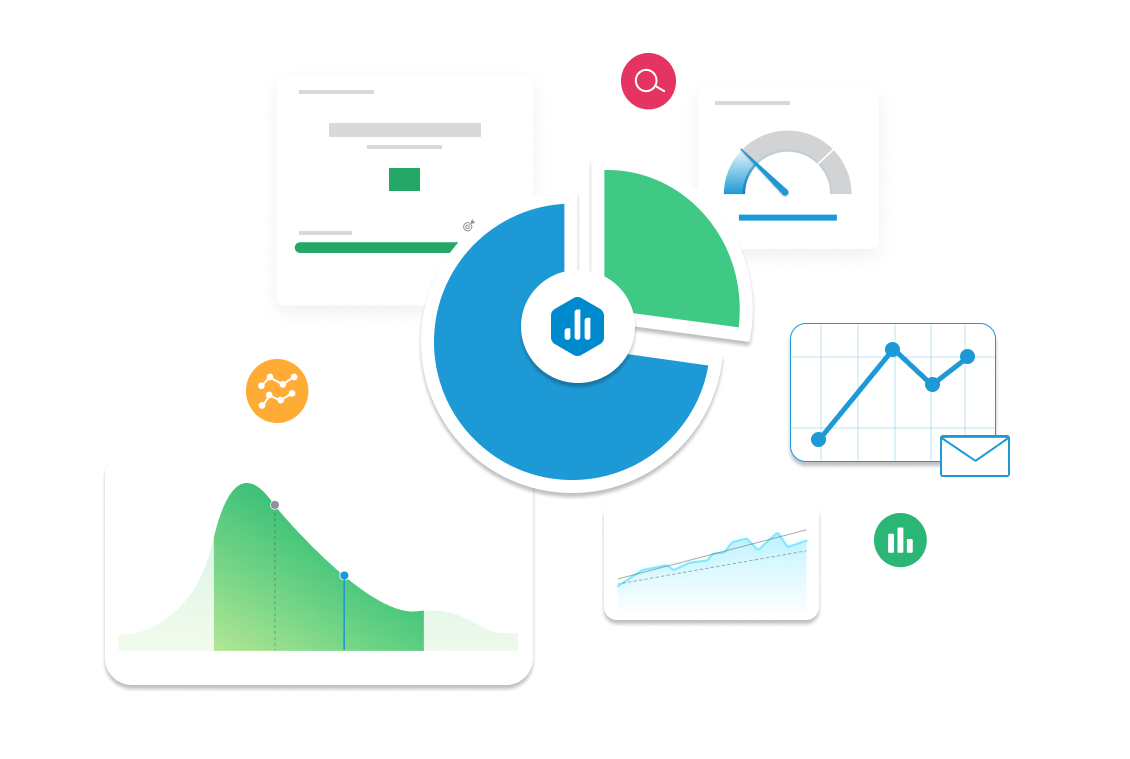Cost per lead
Discover how Cost Per Lead (CPL) measures the cost of acquiring new leads. Learn how to track, analyze, and optimize CPL to boost marketing ROI and streamline lead generation efforts.

| Category |
Marketing |
|---|---|
| Type |
Lagging Indicator |
| Calculation |
CPL = Total Marketing Spend ÷ Total Leads Acquired |
| Measure |
Measures the average cost to acquire a lead through marketing efforts, helping businesses assess cost-efficiency and campaign performance.
|
| Data Sources: |
Google Ads, Facebook Ads, LinkedIn Ads, HubSpot, Salesforce, Marketo, Pipedrive. |
| Frequency |
Tracked daily, weekly, or monthly to optimize lead generation costs and improve marketing performance. |
Example target
Reduce CPL by 20% in Q3 by improving ad targeting, optimizing landing pages, and enhancing lead nurturing efforts.
Example Reports Use Case
A Demand Generation Manager tracks CPL to evaluate paid campaign efficiency. If CPL is too high, they may refine keyword targeting, improve ad creatives, or test alternative audience segments.



